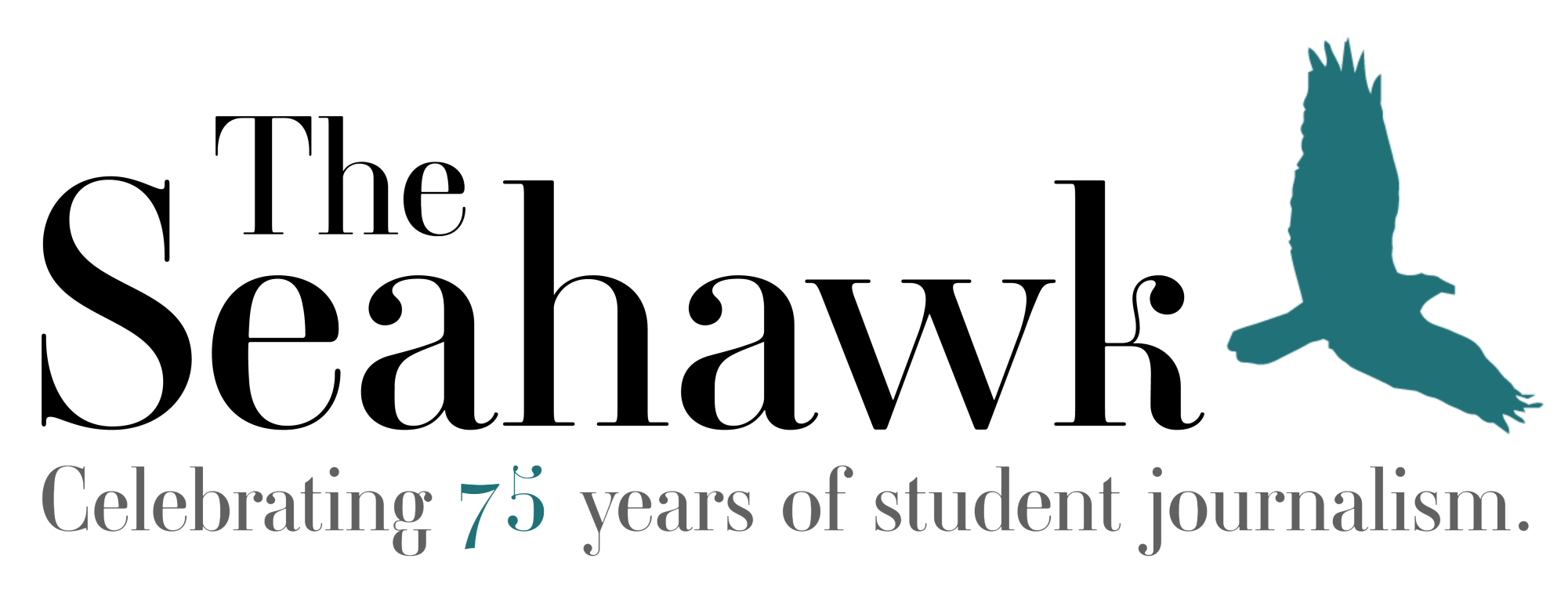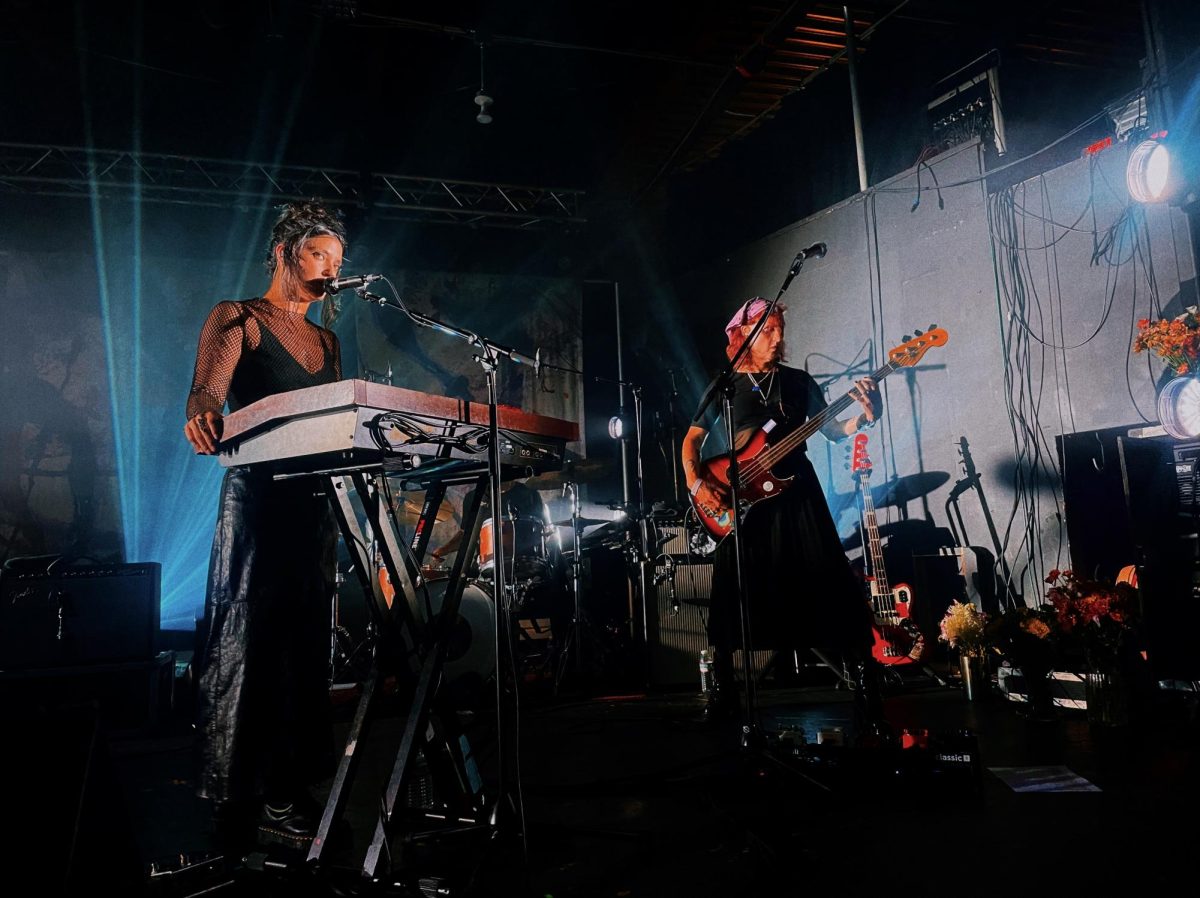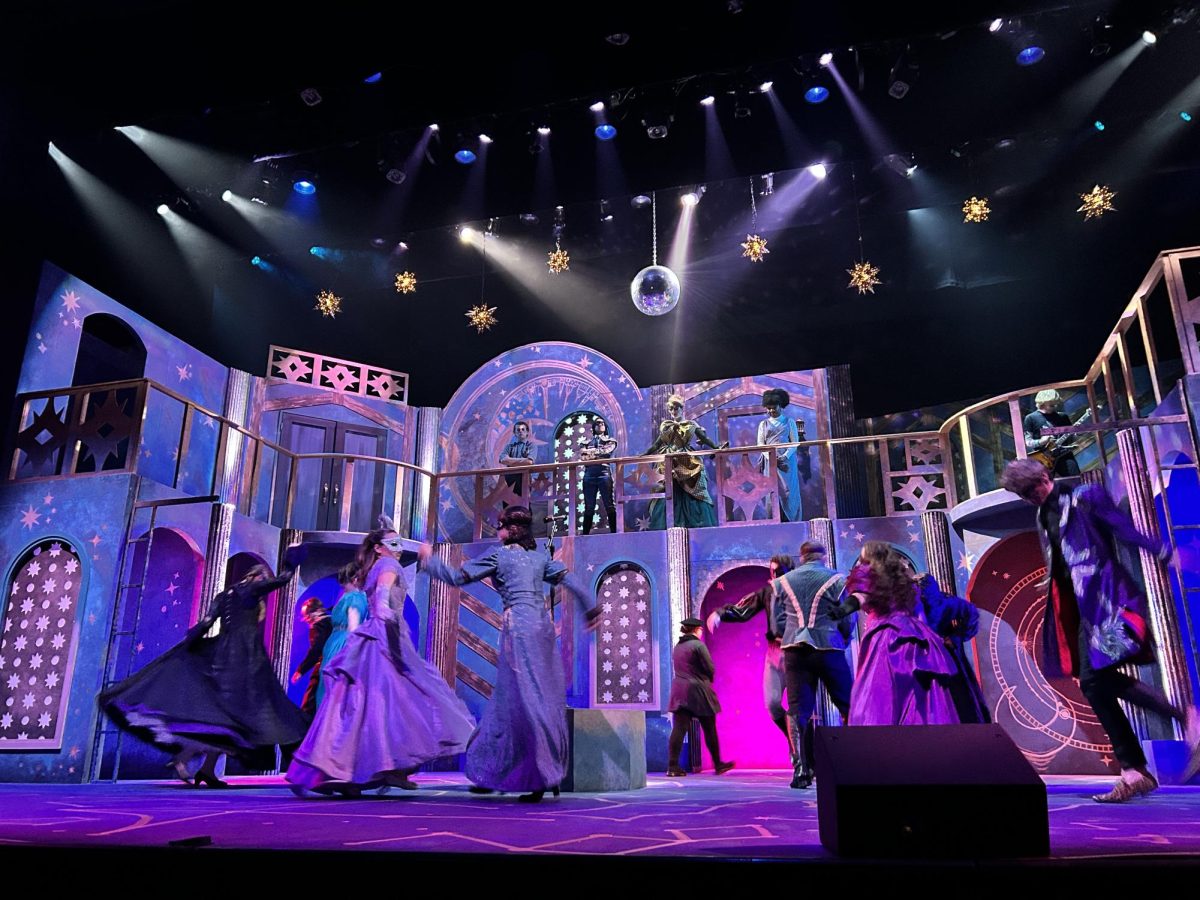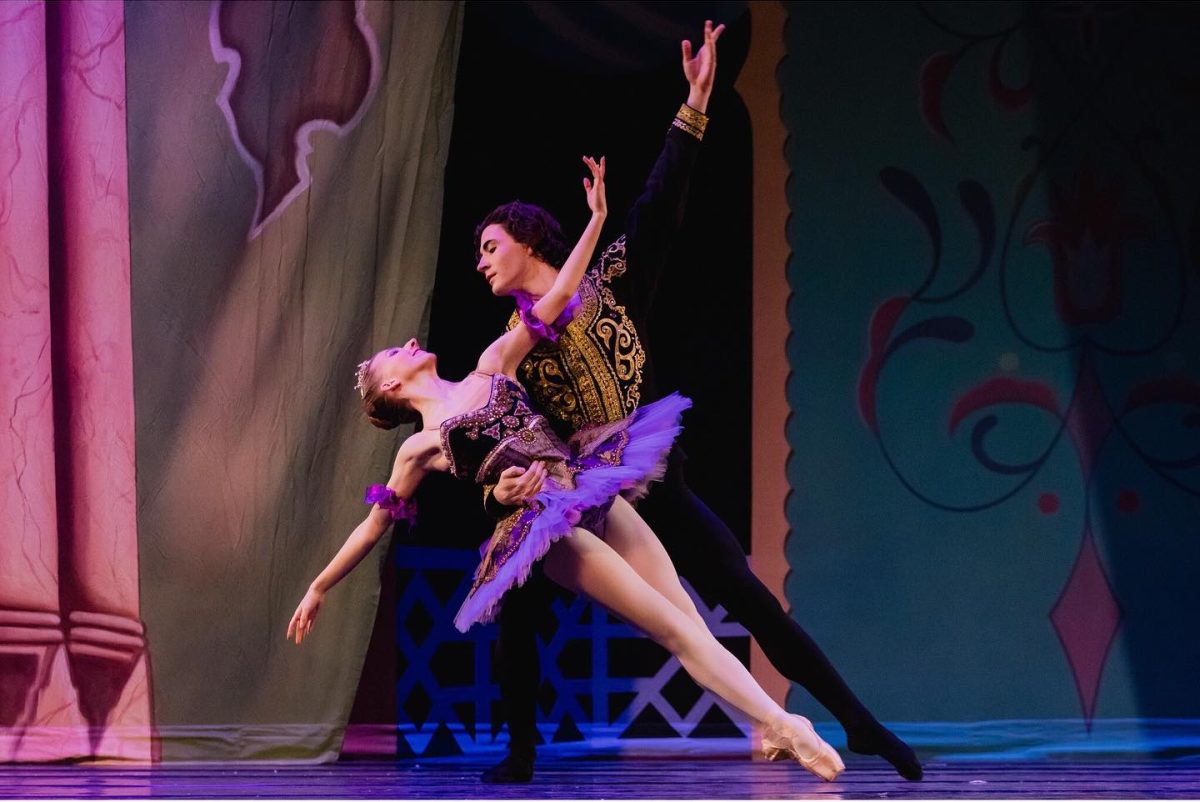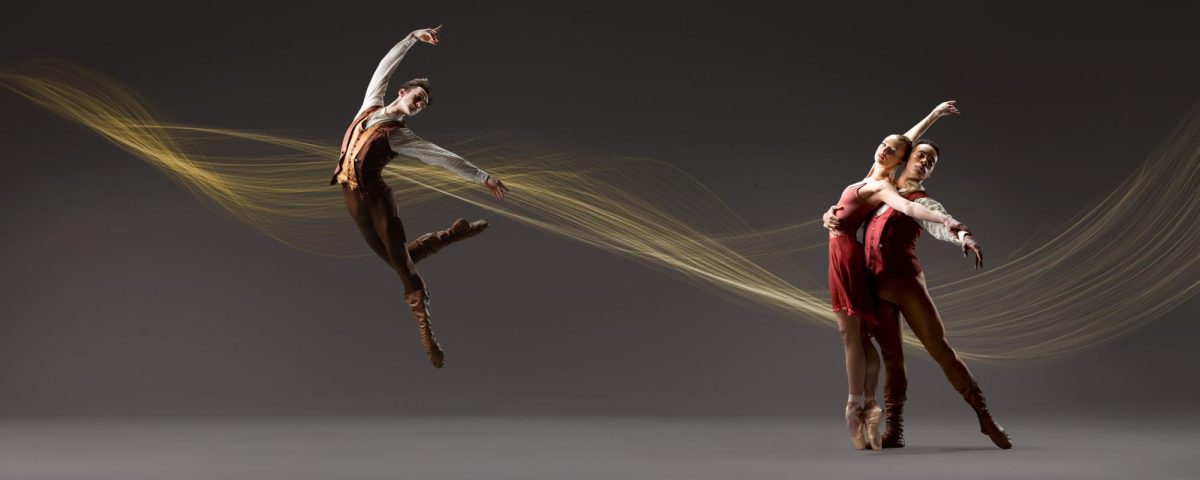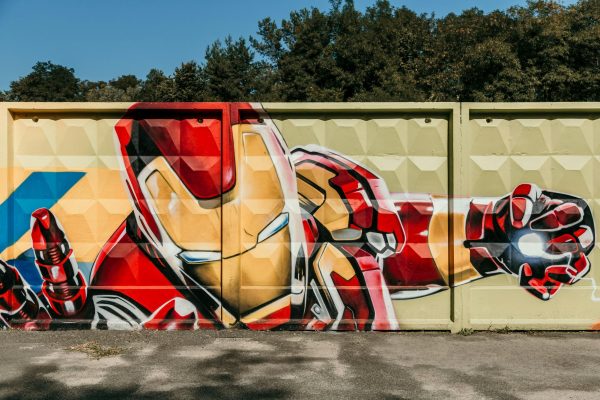
Back in 2008, after a string of failed franchises from other studios starring their most iconic characters—with varying degrees of success—Marvel Comics decided to do something unparalleled in the cinematic landscape: make a massive, expansive series of films that would intertwine and interconnect, ultimately concluding with a team-up film to beat all others. But without the rights to their A-list icons like Spider-Man and the X-Men, they had to rely on everyone from B-listers like Iron Man and Black Panther to complete unknowns like Ant-Man and the Guardians of the Galaxy.
While it seemed impossibly risky, it is clear now how much it paid off. The Marvel Cinematic Universe became an unparalleled success. The franchise grossed billions upon billions of dollars, shot countless characters into the mainstream, and created a massive shared universe of mostly great films, culminating in the colossal “Avengers: Endgame” in 2019, which very briefly overtook “Avatar” as the highest grossing film of all-time.
But while you do not need to hear what a success the MCU became, you also do not need to hear that times have changed. Now nearing the end of its fifth phase, the MCU is no longer the unrivaled titan it was in the 2010’s, but instead a mismanaged, disorganized and thoroughly disappointing franchise that ranges from surprisingly solid to utterly abysmal. There are a lot of problems with the MCU of today, and I intend to go through them to try and explain why this once unstoppable series has fallen on divisive, trying times.
The sheer quantity of releases
The first series of MCU films that culminated in “Avengers: Endgame” and “Spider-Man: Far From Home” in 2019, with the first three phases of films branded soon after as The Infinity Saga, was concise at the end of the day. Twenty-three films over the course of 11 years, with most contributing something to the overall universe, big or small. There were outliers like a series of “One-Shot” short films and the “Defenders” shows on Netflix, but these were largely supplementary and merely existed to flesh out other corners of the world without interfering with the main MCU.
This all changed for the worst at San Diego Comic-Con 2019, where in addition to a slew of new films to kick off Phase Four, CEO and producer Kevin Feige announced the development of several shows on Disney+ to further expand the universe, with even more announced afterward at Disney’s own D23 conference a few weeks later. While this certainly seemed ambitious, and the addition of streaming shows would appear to be a net positive for developing the universe, it did not take long to realize that the television side of the MCU would become a trailblazing example of “quantity over quality.”
The release of “Thunderbolts” in May and “Ironheart” on Disney+ in June will mark the end of Phase Five, the two-thirds point of the new Multiverse Saga. By the end of this phase, Marvel Studios will have released 13 films and 17 seasons of television in the course of four years, which is impossibly overwhelming, to put it lightly. The absolute amount of content Marvel Studios has put out as of late is stupidly massive, dwarfing the Infinity Saga in its entirety with a whole other phase left to go. Of course, this would not inherently be a problem, so long as Marvel kept the quality intact for each of these films and shows. Unfortunately…
The quality has steadily declined
The actual quality of these projects leaves a lot to be desired. While most of these films and shows have dedicated fans, from the sheer hype around “Spider-Man: No Way Home” and “Deadpool and Wolverine” to the thorough engagement around “Agatha All Along,” just as many of these projects received scathing amounts of criticism and backlash from critics and audiences. Films like “Ant-Man and The Wasp: Quantumania,” “Secret Invasion” and “Eternals” even broke the MCU’s perfect streak on Rotten Tomatoes by earning “rotten” statuses from the aggregator.
There are several things to blame for the drop off in quality with the MCU. For one, the writing has grown noticeably weaker as the years have gone on, with the amounts of contrivance and luck, plot armor, weakly motivated villains and other compounding issues increasing with every project. That is not even getting into all the decisions characters make that go against who they were. Then come the projects with very few defenders, such as “Quantumania” and “Thor: Love and Thunder,” which are so poorly written, so undercooked, so unfunny and so lazily constructed, that you would be hard pressed to find someone who would defend them to the grave. Speaking of those two projects…
The effects have taken a serious toll
While the MCU has always had less than stellar CGI in places, nowhere has it been more consistent and more noticeable than with some of its recent entries. Countless shots in almost every film since “Black Widow” in 2021 have been picked apart by the internet for their lazy usage of green screen and cheap looking CGI, no doubt the fault of the executives crunching their effects artists to meet release dates rather than poor work of the artists themselves. “Spider-Man: No Way Home” and “Secret Invasion” have several scenes that have been mocked relentlessly for similarly poor effects, and while there are a few projects where the technical elements receive praise, such as “Guardians of the Galaxy Vol. 3” and “Agatha All Along,” the amount of films and shows that use CGI poorly dwarfs them in comparison.
Then there are some of the major culprits of the problem. Starting with “Quantumania,” the terrible design of M.O.D.O.K (Corey Stoll) throughout that film, more closely resembles a character from “Sharkboy and Lavagirl” instead of an A-list Marvel blockbuster. “She-Hulk: Attorney at Law” and “Thor: Love and Thunder” had notoriously horrible CGI throughout most of their runtimes, suffering endless mockery from the internet to this day. It is only made worse by how clearly rushed and overworked the effects artists are. If the artists were given the time they needed, they could make the CGI amazing across all these projects, but time is one thing they simply do not have. To be fair, these issues were not at all helped by…
The COVID-19 and Chadwick Boseman complications
The year 2020 was beyond rough for everyone in the entertainment industry, but Marvel Studios in particular was hit with not one, but two absolute tragedies throughout the year. First and foremost, the global pandemic forced them to completely rearrange their finely crafted slate of releases just announced at Comic-Con a few months prior. Release dates were shifted, VFX teams were moved around and the order of release for the films and shows themselves changed drastically; it was an utter nightmare that is still plaguing the studio to this day. But surely, a global pandemic shutting down Hollywood for about a year is not impossible to recover from.
Then came the worst possible news: Chadwick Boseman had passed away from colon cancer. This news not only sent shockwaves through the industry, with everyone coming out to mourn a legend who died far too soon, but it also sent Marvel Studios into a spiral. “Black Panther” was being set up as one of the pillars of the MCU moving forward, with a sequel already announced, and this untimely passing forced the studio to hastily course correct and pivot to making T’Challa’s sister Shuri (Letitia Wright) the new Black Panther in “Black Panther: Wakanda Forever” in 2022. The pandemic itself was already tough for Marvel, but Boseman’s unexpected passing made 2020 absolutely catastrophic for the studio, and the effects of that year are still felt to this day.
Wrong creatives, wrong projects
Nobody expected the man who made “Elf” and “Zathura” to kick off one of the biggest film franchises of all-time with “Iron Man,” or the writer of the 2000’s “Scooby Doo” films to make the “Guardians of the Galaxy” a household name, but Marvel Studios had a knack for finding the right talent for the right jobs in their heyday. The same cannot be said about the studio’s output today, which features a slew of indie directors being forced to stick to the “Marvel formula” and writers that are simply not up to the task.
Why would Marvel, of all the directors out there, give complete creative freedom for the millennia spanning sci-fi epic “Eternals” to Chloé Zhao, who just won two Oscars that same year for the lowkey, almost unscripted drama “Nomadland”? Why would Marvel give some of their biggest and most ambitious projects tying into the main plot of the series, like “Quantumania” and “Loki,” to writers of “Rick and Morty” and allow them to decimate the very tightly built continuity? Why would Marvel give Sam Wilson’s (Anthomy Mackie) first theatrical outing as Captain America to the director of “The Cloverfield Paradox”? There are far too many questions like this in the current MCU, on top of constantly changing creative decisions, firings and more (look at the currently undated “Blade” as proof of that). As for the projects that are out there…
The “Multiverse Saga” has completely lost the plot
Regardless of what you think about the MCU leading up to “Endgame,” be it at the time or in retrospect, it is undeniable that every single project had a purpose. Every single one of those 21 films built up to the final battle between the Avengers and Thanos, whether it was introducing a new Infinity Stone or just adding a new character or ability to the universe. It was an ingenious structure and paid off when we finally saw all those characters come together to save the universe. That tightly knit, careful, sometimes flawed but ultimately sound, structure is what the current MCU is missing completely.
Phase Four went in every possible direction and ended with a “Black Panther” sequel with no overarching set-up for the current Saga. Marvel spent two phases hyping up Jonathan Majors as “Kang The Conqueror,” the new big bad of the series and one of Marvel’s most notorious villains, only to throw him away entirely after Majors got into serious legal trouble. The past five or so years has tried to establish the multiverse as the franchise’s new playground and overall theme. This is on top of introducing new players from Ms. Marvel and Moon Knight to Shang-Chi and the Eternals, desperately trying to rebuild the Avengers with new versions of the older heroes, rushing to finally integrate the X-Men, Deadpool and Fantastic Four and so on. This new era of the MCU is, to put it nicely, scattershot and insane. It is trying to do everything, appeal to everyone and go the furthest distance, but it ultimately does little, appeals to very few and goes nowhere worthwhile.
But all of that, every single issue, could ultimately be ignored. It could all be fixed, so long as Kevin Feige and the rest of Marvel Studios snap out of it, put together a plan and finally get the universe back on track. With a whole other phase left in the Saga, and kicking off with the actually promising “The Fantastic Four: First Steps,” all Marvel needs to do is just kill it for one last phase, not do anything rash or divisive and… You know where this is going.
San Diego Comic-Con 2024
It was barely over a day after Marvel Studios won back their goodwill in the eyes of many with “Deadpool and Wolverine,” the absolute hit of the summer and the fun, simplistic crowd pleaser that people have been yearning for, that Marvel Studios signed their death warrant. At their big press conference at Hall H in California, on July 27, 2024, Marvel Studios announced the worst, the absolutely dreaded, the most horrific and impossibly desperate move that we could only joke about:
Robert Downey Jr. was returning to Marvel Studios as Doctor Doom, and the upcoming “Avengers: Secret Wars” (and its renamed predecessor, “Avengers: Doomsday”) would not only star him as the main antagonist to replace Jonathan Majors as Kang, but would be directed once again by Joe and Anthony Russo and written by Stephen McFeely.
There were many reactions to this news, this absolute bombshell announcement at Hall H, that no one could have possibly seen coming, but in that moment, all I and many others felt was disgust, shame and affirmation. Disgust not only that Marvel would desperately bring back their biggest star to save their dwindling franchise, but simultaneously neglecting fitting Romani actors for the role of Victor Von Doom, shame that a studio that was beloved by billions of people would seriously make a decision this stupid and so painfully desperate and affirmation that yes: this is what Marvel Studios and the Marvel Cinematic Universe have turned to. A machine of content that is perfectly willing to bring back older actors, to undo its most memorable dramatic moments, all for the sake of relevance and cheap applause. And judging by the rumors of Chris Evans also returning in those films alongside RDJ and Marvel showing no signs of slowing down after “Deadpool and Wolverine” topped the box office last year and made over a billion worldwide, I believe it is about time to accept that this is what they have become and what they shall continue to be.
